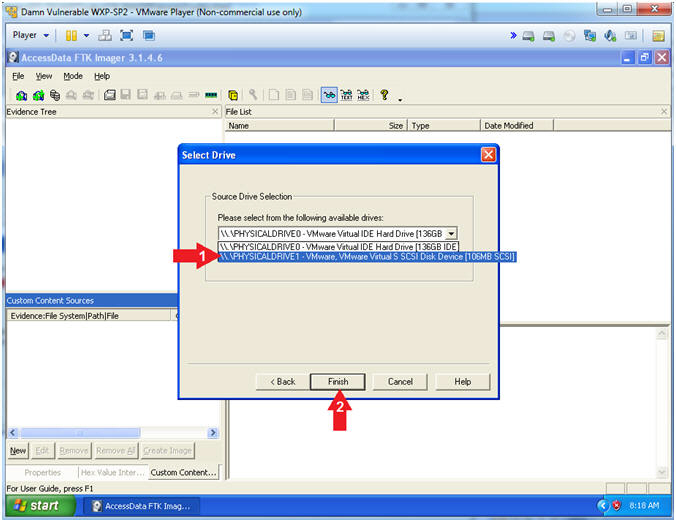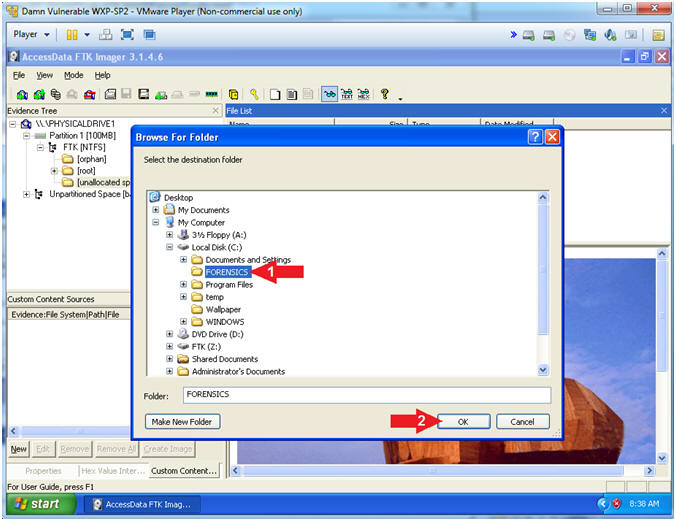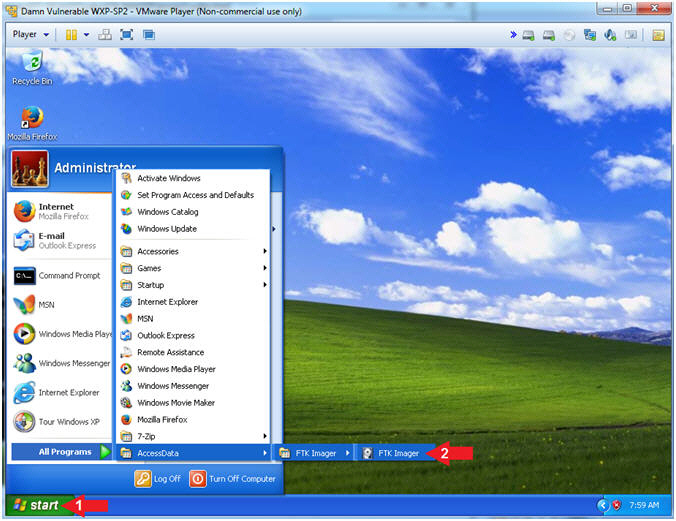

- How to add jpg to accessdata ftk imager how to#
- How to add jpg to accessdata ftk imager pdf#
- How to add jpg to accessdata ftk imager free#
- How to add jpg to accessdata ftk imager mac#
Next time, we will discuss how to Obtain Protected Files to collect a user’s account information and possible passwords to other files.
How to add jpg to accessdata ftk imager pdf#
Then, this image can be examined just like any other image.įor more information, go to the Help menu to access the User Guide in PDF format. The resulting image will have an AD1 extension. You can then repeat the steps for the Create Image, Evidence Item Information, Select Image Destination, Drive/Image Verify Results and Image Summary forms as illustrated in our earlier post How to Create an Image Using FTK Imager. Select Create Custom Content Image from the file menu. Once you have built your desired list of files, you can then build your Custom Content Image. doc extension in any folder named My Documents). You can also use the Edit button to open the Wild Card Options dialog and select all files that meet a certain criteria (e.g., “My Documents|*.doc” will collect all files with a. Continue adding items by repeating this step until you’ve specified or selected all the evidence files you want to add to this Custom Content image.

This enables you to start building a targeted list of files to be included in a custom image – useful if you want a specific group of files and not everything on the evidence item.Īny files that you select will then be added to the Custom Content Sources pane in the lower left window. Exporting files can be useful to pull a copy of selected files out of a forensic image for review.Īs you’ll notice in the previous section, when you display the popup menu, another choice is to Add to Custom Content Image (AD1). Select Export Files to export the selected files, then FTK Imager will prompt you for a folder where the files will be saved. Select one or more files (use Ctrl+Click to select multiple files or Shift+Click to select a range of files), then right-click on one of the files to display a popup menu. When you select one or more evidence items, the selected items will be displayed in the Evidence Tree on the left hand side navigate to the folder you want and it will display the contents on the right hand side. You can also Add All Attached Devices to add all of the attached physical and logical devices. You can select a Physical Drive or Logical Drive, an Image File to view an image file created before or Contents of a Folder, to look at a specific folder.

Let’s discuss how to do that.Īs we discussed last time, you can Add Evidence Item to add a single evidence item to the evidence tree.

Sometimes, you don’t want to create an image of the entire drive instead, you’d like to perform a targeted collection or export individual files to review them. This week, let’s discuss how to export files and how to create a custom content image of a targeted collection of files.
How to add jpg to accessdata ftk imager free#
Now, you can do it faster.Over the past few weeks, we have talked about the benefits and capabilities of Forensic Toolkit (FTK) Imager from AccessData (and obtaining your own free copy), how to create a disk image and how to add evidence items with FTK Imager for the purpose of reviewing the contents of evidence items, such as physical drives or images that you’ve created. You can already do so much with FTK Imager. Imager has always been a dependable imaging tool but the recent improvements in speed and APFS functionality is really outstanding. “I’ve used FTK Imager for nearly 20 years.
How to add jpg to accessdata ftk imager mac#
We asked Tom Angle, a forensic consultant for law enforcement, to do a beta test for us, so he conducted his own tests on Windows and Mac machines and was very impressed: You only need one tool for all operating systems. That is amazingly fast! But that’s not all … in addition to the speed improvements, with 4.3 you can also capture and view APFS images from Mac® hard drives. System 1 where image was taken from physical drive:ĤTB Dell PERC H710 SCSI Disk Device (RAID 0, 4 - 1TB 7200 HD) The imaged computer was in another building with a 10Gbps link between the imaged machine and the server. To achieve this speed increase, we optimized the method we use to preserve the forensic image. The faster you preserve the data, the quicker analysis can begin. When it comes to forensics, speed is king and the latest release of FTK® Imager, version 4.3 is all about speed cutting imaging time in half. Cut Your Imaging Time in Half with FTK® Imager 4.3


 0 kommentar(er)
0 kommentar(er)
